Tech
The Ultimate Guide to SFM Compile: Unlocking the Power of Custom Models for Source Filmmaker

Source Filmmaker (SFM) is a fantastic animation tool for making cinematics, animations, and machinima in the Source Engine environment. Made famous by Valve, SFM has facilitated animators, modders, and content creators to make amazing animations out of assets from Source-based games such as Team Fortress 2, Half-Life 2, and Counter-Strike. But to get your custom models into SFM, they must be compiled into one particular format that the engine can understand. This crucial process is known as SFMCompile.
Learning the ins and outs of SFMCompile may appear intimidating at first, but with the proper approach, you can seamlessly incorporate your own custom characters, props, and animations into Source Filmmaker. In this tutorial, we will delve deep into the whole process, step by step, so you can compile models easily and accurately.
What is SFMCompile and Why is it Crucial?
What Does SFMCompile Mean?
Essentially, SFM Compile is the process of taking raw 3D models and turning them into a format that is compatible with Source that can be imported into SFM. The Source Engine is based on the MDL file type, which has to be compiled from source model files like SMD (Studio Model Data) or DMX (Data Model Exchange) by this engine-specific format. In short, SFMCompile is the link that brings raw model data to the wonderful world of Source Filmmaker animations.
Why is SFMCompile Important?
The significance of SFMCompile cannot be overstated. Proper compilation is absolutely crucial if your custom models are going to work properly in Source Filmmaker. Without it, you could experience a variety of annoying problems, including:
- Missing textures and corrupted animations
- Models not loading
- Incorrect scaling or physics behaviors
- No material and collision properties
- By comprehending and properly implementing SFM Compile, you guarantee that:
- Your custom models, textures, and animations will be fully functional in Source Filmmaker.
- Physics properties and collision models function correctly, providing smooth interactions in your scene.
- Textures are properly applied, preventing any graphical errors or missing graphics.
Optimizing Your Models with SFMCompile
SFMCompile is not merely about compiling models to be Source Engine-compatible—it’s also about making them run well. Correctly compiled models act as they should in the engine, increasing visual fidelity and avoiding any problems during animation and gameplay.
Essential Tools You Need for SFMCompile
To effectively compile models for Source Filmmaker, there are a few essential tools you’ll need in your workflow. These tools will help simplify the process and ensure that your models are ready for integration into SFM.
1. Studiomdl.exe (Source Engine Model Compiler)
Studiomdl.exe is the official compiler made available by Valve. Studiomdl.exe is a command-line program that takes raw model data and converts it into the MDL format readible by Source Filmmaker. Studiomdl.exe should be located in the Source Filmmaker installation directory.
2. Crowbar (GUI-Based Compiler and Decompiler)
Crowbar is an extremely well-regarded tool that streamlines the SFMCompile process. In contrast to Studiomdl.exe, which involves using the command line, Crowbar presents a graphical user interface (GUI) that appeals to new users and veterans alike. With Crowbar, you are able to:
Compile models into MDL format.
Decompile current Source models to edit and reuse them.
Test QC scripts ahead of compiling in order to identify mistakes early on.
Crowbar’s interface is simple and suited for users preferring a less advanced experience when building models for SFMCompile.
3. Blender or 3ds Max (3D Modeling Software)
Prior to assembling your models, you will require 3D modeling software to construct or edit them. Blender (a free, open-source program) and Autodesk 3ds Max (a professional program) are the two most popular applications for preparing models for the Source Engine. Both applications enable you to export models in the SMD or DMX format, which are necessary for SFM Compile.
4. Notepad++ (QC Script Editor)
QC scripts are used to instruct the compiler what to do with your models. You can technically use any text editor, but it is strongly advised that you use Notepad++. It has syntax highlighting, which makes it much easier and less prone to error to edit QC files.
visit zepbund for more informatice blogs
Step-by-Step Guide to Compiling Models with SFMCompile
Step 1: Prepare Your Model Files
Before starting the SFMCompile process, ensure that all necessary files are ready. These include:
- Reference SMD/DMX file: The core 3D model file that contains the geometry.
- Animation SMD files: If your model is animated, you’ll need separate animation files.
- Physics SMD file: Defines the collision and physics properties of the model.
- QC script: A text file that provides the instructions for compiling your model.
- Texture files (VTF and VMT): Defines how the materials and textures are applied.
- Once all files are in place, you’re ready to create the QC script.
Step 2: Write the QC Script
A QC script is a crucial part of the SFMCompile process. It has directions that instruct the compiler what to do with your model files. The following is an example of what a basic QC script for a static model could be like:
Explanation of Key QC Elements:
- modelname: Tells the compiled model file name and location where it is going.
- body: Refers the 3D geometry file (SMD).
- surfaceprop: Specifies the material type, i.e., metal or wood.
- staticprop: Declares the model as static (non-animated).
- cdmaterials: References the compiler to the texture directory.
- sequence: Inserts an animation sequence (if present).
- collisionmodel: Determines the physics attributes of the model so that it responds correctly to collision.
Step 3: Compile the Model
After you’ve typed the QC script, compile the model is the next step.
Using Studiomdl.exe (Command Line Method)
- Open Command Prompt and go to the SFM compile directory.
- Execute the following command:
- Using Crowbar (GUI Method)
- Open Crowbar and go to the “Compile” tab.
- Select your QC script file.
- Configure the game to Source Filmmaker.
- Click “Compile” and wait for the compilation to complete.
Step 4: Test the Model in Source Filmmaker
After compiling the model, put the MDL file in the right directory:
Then, open Source Filmmaker, import your model, and verify that everything is in working order, i.e., that there are no missing textures or broken animations. Testing is crucial to make sure your model works as expected.
Troubleshooting Common SFMCompile Errors
Despite the best planning, mistakes may still be made during the SFM Compile process. Below are some of the most common issues and how to fix them:
Missing Textures
Make sure your texture files are properly positioned in the proper folder and the paths in your QC script are correct. Missing textures will result in your model looking like it has no material or surface texture.
Broken Animations
Check the animation SMD files to ensure they are correctly linked in the QC script. Additionally, verify that the animations are exported properly from your 3D modeling software.
Physics Problems
If your model isn’t behaving as expected, double-check the collision model (SMD) and its integration within the QC script. Sometimes, tweaking the settings in the collisionmodel section can resolve these issues.
Conclusion
Mastering the SFM Compile process is essential for anyone looking to import custom models into Source Filmmaker. By following this guide, you’ll gain a clear understanding of how to prepare, compile, and troubleshoot models, ensuring your creations come to life within the Source Engine. Whether you’re a beginner or an experienced modder, the knowledge of SFMCompile will open up new possibilities for your animations, machinima, and Source Filmmaker projects.
Tech
Delta Ds Bios Files: Why You Need Them For Nintendo Ds Emulation
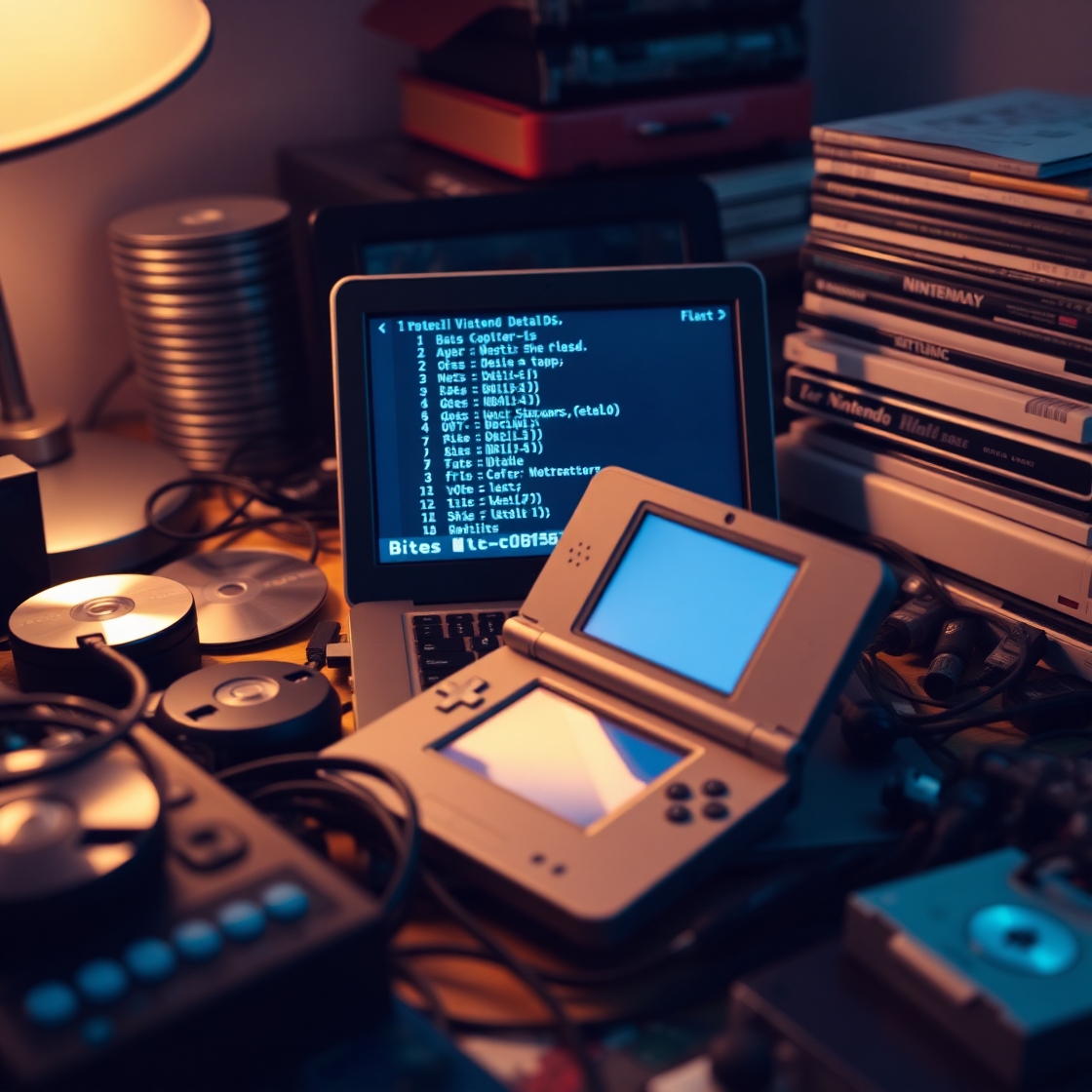
If you’re exploring Nintendo DS emulation, you’ve likely come across the term Delta Ds Bios Files. These files are essential to unlocking a smooth, feature-rich gaming experience on the Delta emulator. Whether you’re trying to play your favorite Pokémon game or exploring the world of retro gaming on your iPhone, understanding the role of DS BIOS files Delta emulators use is crucial.
In this guide, we’ll break down what Delta Nintendo DS BIOS files are, why they matter, and how they work within the emulator to mimic the real DS hardware.
What Are DS BIOS Files?
BIOS stands for Basic Input/Output System. On an actual Nintendo DS or DSi console, the BIOS is a small firmware layer responsible for low-level tasks like booting the system, managing memory, rendering graphics, and communicating with game cartridges and peripherals.
In the world of emulation, DS BIOS files are digital copies of this firmware. When loaded into an emulator like Delta, they allow games to run as if they were on real DS hardware.
Why Delta DS BIOS Files Are Essential
The Delta emulator DS BIOS files are not just technical extras — they’re essential components for running most commercial DS and DSi games. Without these BIOS files, you’re likely to encounter issues such as:
- Games failing to boot
- Missing graphics or sound
- Non-functional Wi-Fi or local multiplayer features
- Touchscreen or microphone input errors
In short, Delta Nintendo DS BIOS files provide the core foundation needed for the emulator to replicate original DS functionality.
Key BIOS Files Required for Delta Emulator
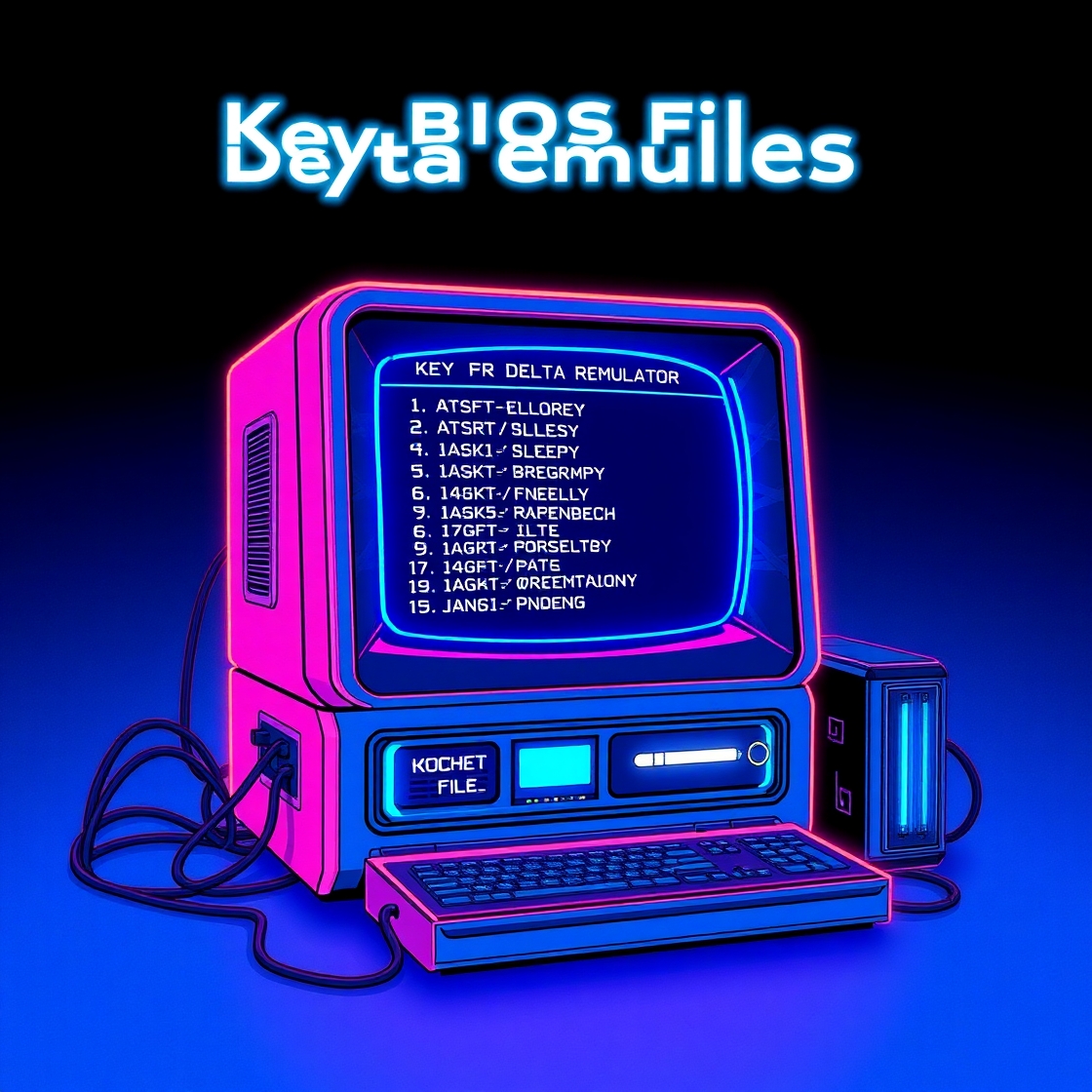
To run Nintendo DS games effectively in Delta, you’ll need three specific BIOS files:
Bios7.bin
This file emulates the original Nintendo DS firmware. It is responsible for core functions like memory access, audio, and touchscreen input.
Bios9.bin
The Bios9.bin file supports Nintendo DSi-specific features, such as SD card access and updated graphics protocols. It’s vital for emulating DSi-exclusive games or enhanced titles.
Firmware.bin
This BIOS file handles Wi-Fi connectivity, local wireless multiplayer, and DS sleep mode functionality. Without it, networking features won’t work in the emulator.
Together, these three files ensure that your Delta DS emulator BIOS files fully emulate a real console experience.
How Delta Emulator DS BIOS Files Work
When you launch a game on the Delta emulator, it uses the BIOS files to process system-level functions. Here’s a simplified breakdown of what happens:
- Game sends a command (e.g., play audio)
- Emulator passes it to the BIOS (e.g., through Bios7.bin)
- BIOS mimics DS firmware behavior to produce the expected result
This chain of interaction allows commercial games to run smoothly, including high-compatibility titles that demand deep hardware emulation.
How to Get Delta Nintendo DS BIOS Files
Since DS BIOS files Delta emulators require are proprietary firmware, they are not included in the emulator due to legal restrictions. Here are two ways to obtain them:
Dump From Your Own DS Console
- Use a DS flashcart and homebrew tool to extract BIOS from your hardware.
- This is the safest and most legally compliant method.
Download from the Web (Use Caution)
- Some emulator communities provide pre-dumped BIOS files.
- Always scan downloads for malware and avoid suspicious sites or bundled software.
Remember: sharing BIOS files may violate copyright laws, so proceed carefully.
Troubleshooting Common BIOS File Issues in Delta
If your games aren’t running properly in Delta, your BIOS setup might be the problem. Here’s how to fix it:
- Re-download BIOS files: Corrupt or incomplete files often cause issues.
- Ensure correct filenames: BIOS7.bin, BIOS9.bin, and Firmware.bin must be named exactly.
- Store in the correct folder: BIOS files should be placed in Delta’s designated BIOS directory.
- Check emulator version: Make sure you’re running the latest stable release of Delta.
- Enable/disable BIOS settings: For example, toggling “Skip BIOS Logo” can affect performance.
Can You Use Delta Without DS BIOS Files?
Technically, yes — but expect a limited and broken experience.
Here’s what you’ll miss:
- Most commercial DS games won’t boot
- Wi-Fi and multiplayer features won’t work
- Audio and graphics may glitch
- Input functions like touchscreen or mic may fail
Only basic or homebrew titles might work, and even those could run with bugs. To get the full Delta experience, Delta DS BIOS files are a must.
Final Thoughts: The Role of Delta DS BIOS Files in High-Quality Emulation
In the world of Nintendo DS emulation, BIOS files are more than optional add-ons — they’re foundational system components. For the Delta emulator, having the correct Delta Nintendo DS BIOS files transforms your mobile device into a high-performance gaming console.
By ensuring you have BIOS7.bin, BIOS9.bin, and Firmware.bin correctly configured, you unlock the full capabilities of Delta — including accurate gameplay, online connectivity, and smooth performance.
For the best results, always use clean BIOS files from trusted sources and keep your Delta emulator updated.
Tech
The Digital Veil: Understanding Anonib And The Rise Of Anonymous Platforms
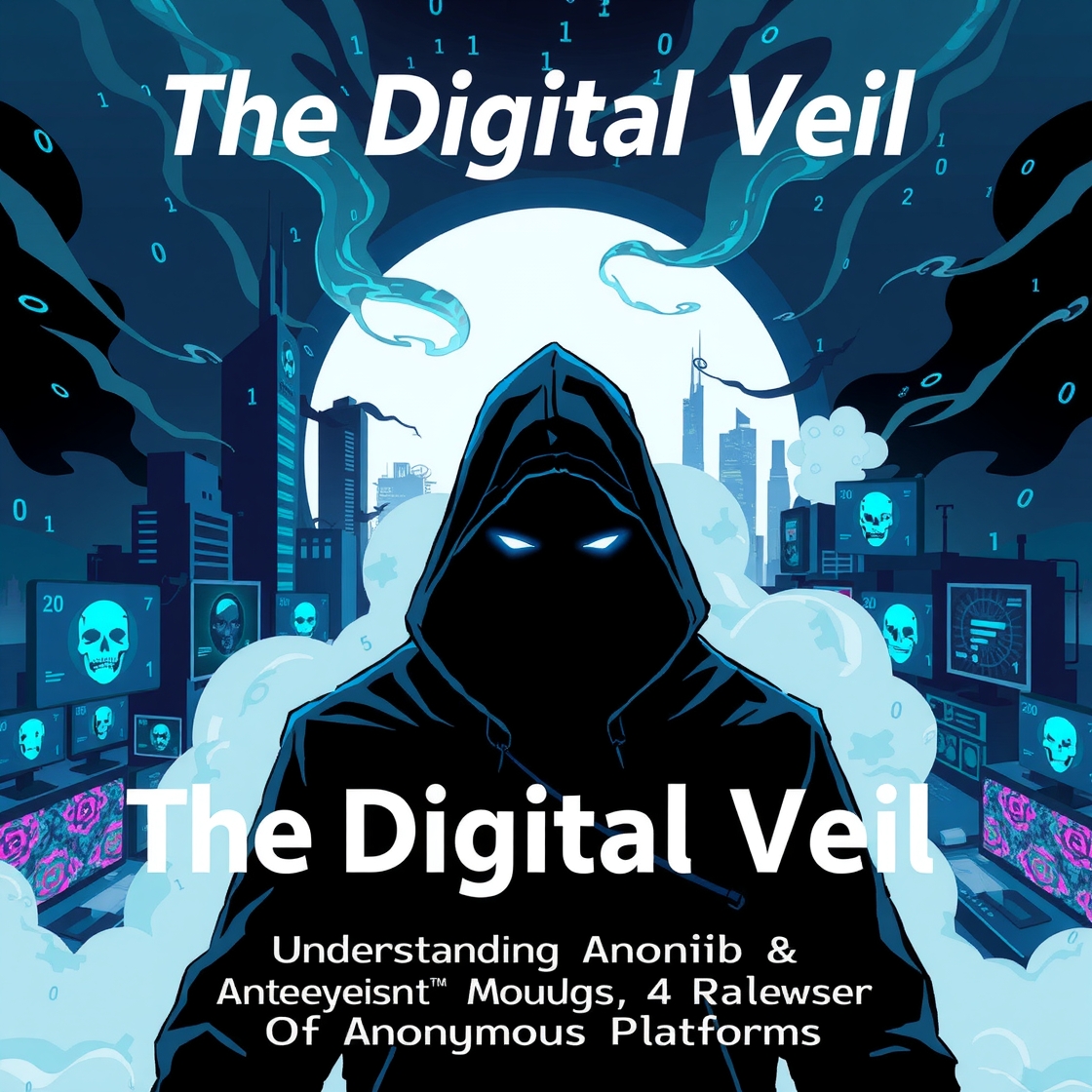
In the ever-expanding world of the internet, anonymity has become both a shield and a sword. Platforms like Anonib have emerged as digital spaces where users can share content freely—often without revealing their identity. While this level of anonymity offers privacy, it also brings with it a wave of ethical and legal concerns. In this post, we’ll explore the different regional versions of Anonib, including anonib al, anonib azn, anonib.pk, and anonib.to, and analyze how these platforms reflect broader trends in digital privacy, content sharing, and user behavior.
What is Anonib?
Anonib is an anonymous imageboard platform where users can post photos and comments without needing to register or verify their identity. Originally modeled after Japanese-style boards, Anonib allows users to create and respond to threads that are often categorized by location, interest, or theme. While it was originally used for more innocent purposes, Anonib has grown controversial for hosting explicit and sometimes non-consensual material.
A Closer Look at Anonib Variants
Different versions of Anonib exist under various domain extensions or regional tags, each serving slightly different audiences or regions. Here’s what sets them apart:
anonib al
The anonib al board is believed to be centered around users from Alabama (U.S.), although the lack of moderation means its content may range widely. It’s often used for posting localized threads, sometimes involving specific communities or individuals—raising concerns about digital harassment and privacy violations.
anonib azn
The anonib azn thread is typically targeted toward content featuring or related to the Asian community. It reflects a troubling trend of fetishization and racial targeting, something digital rights advocates continue to challenge. The anonymity aspect often makes it difficult to trace or hold users accountable for discriminatory or exploitative content.
anonib.pk
The anonib.pk section generally serves a Pakistan-based or South Asian audience. Content here ranges from casual memes to highly sensitive and explicit imagery. Like its counterparts, anonib.pk has drawn criticism for allowing non-consensual image sharing, which is illegal under Pakistan’s cybercrime laws.
anonib.to
The anonib.to domain is a more global, often fallback version of the platform. It acts as a mirror site when other versions are taken down or blocked. Like the rest, it operates in a legal grey area, capitalizing on offshore hosting and loose jurisdictional policies to stay online.
The Double-Edged Sword of Anonymity

The very feature that makes Anonib attractive—complete anonymity—is also its most dangerous. While it offers users the freedom to express and share without fear of being judged or tracked, it also fosters an environment where ethical lines are frequently crossed.
Privacy vs Accountability
Users can post sensitive, personal, or even malicious content without facing immediate consequences. For victims whose images are shared without consent, the path to justice is complex and often futile due to jurisdictional challenges.
Legal Ramifications
Platforms like anonib.to and regional variants like anonib al or anonib.pk may be operating outside of many local legal frameworks. However, new digital privacy and cybercrime laws across countries like the U.S., UK, and Pakistan are aiming to crack down on such platforms.
Why Are These Platforms Still Popular?
Despite their controversies, Anonib and its regional offshoots maintain a loyal user base. Here’s why:
- No registration: Easy access and complete anonymity attract users who prefer low-friction platforms.
- Localized content: Boards like anonib al or anonib azn create a sense of “community” despite being anonymous.
- Freedom of expression: Some users believe these platforms protect speech that mainstream social networks censor.
However, these benefits come at a high ethical and legal cost—often at the expense of vulnerable individuals whose privacy is violated.
Navigating the Future: Regulation and Responsibility
As the internet evolves, so must our approach to digital ethics and law enforcement. Here are some ways this space might change:
Tighter Regulations
Governments are becoming more aware of the damage caused by anonymous platforms. Expect stricter enforcement of laws against non-consensual content and greater cooperation between international agencies.
User Awareness
The burden also lies with users. Awareness about the risks and consequences of sharing or consuming content from platforms like anonib.pk or anonib.to can deter misuse.
Ethical Tech Development
Privacy must be balanced with accountability. Future platforms might integrate encrypted, anonymous posting with AI-powered moderation tools to flag unethical content in real time.
Final Thoughts
Anonib and its variants—anonib al, anonib azn, anonib.pk, and anonib.to—represent a controversial chapter in the story of online anonymity. While they cater to users seeking privacy and free expression, the platforms also raise serious concerns about consent, privacy, and legality.
As a tech-savvy audience, we must question not just how these platforms operate, but what kind of digital culture we’re fostering by allowing them to thrive unchecked. The future of the internet depends on our ability to responsibly manage the fine line between freedom and accountability.
Tech
Bnsf Workforce Hub App: Empowering Employees Through Smart Workforce Management
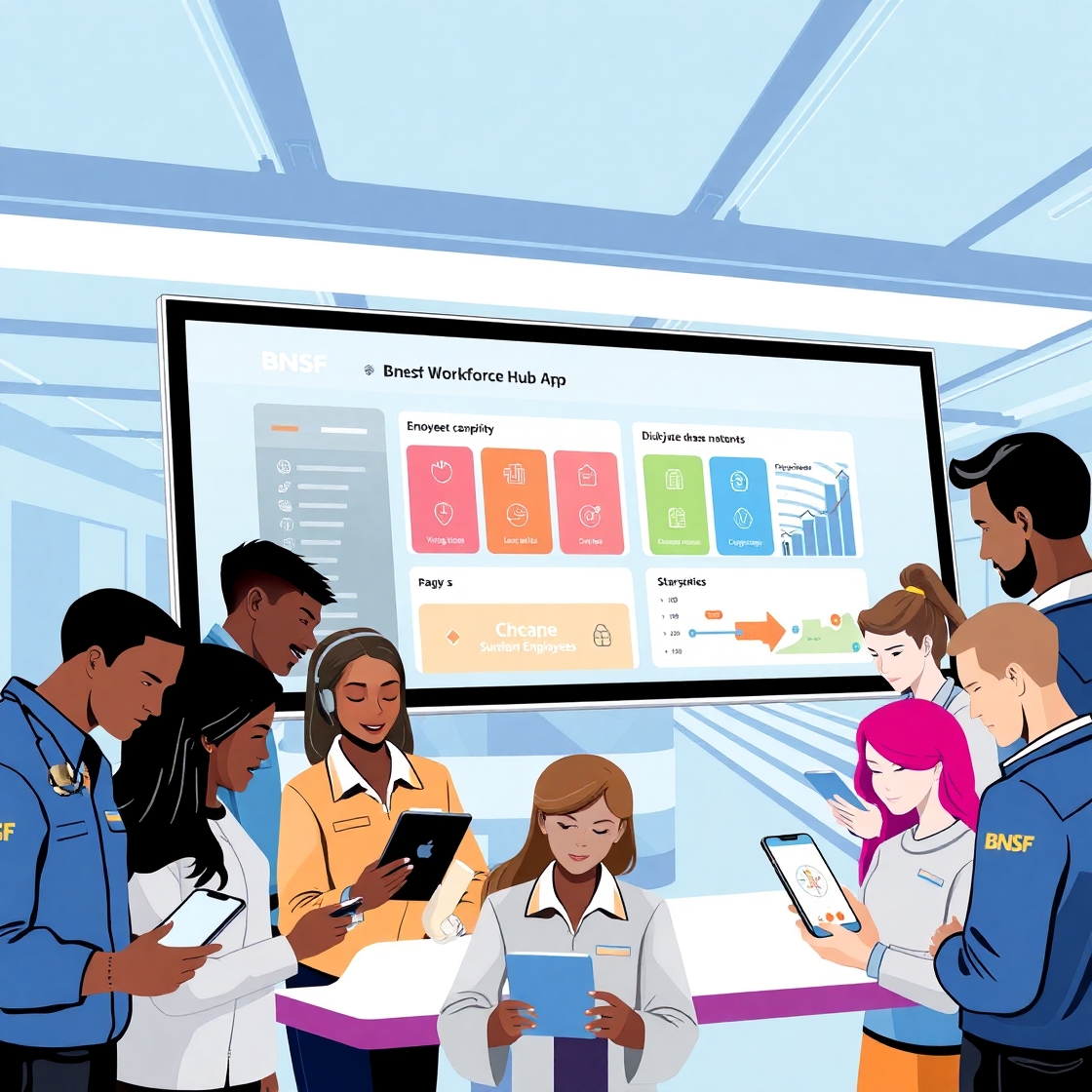
In today’s fast-paced and digitally driven business landscape, companies are investing heavily in technologies that streamline operations and support employee success. One such innovation is the BNSF Workforce Hub App — a powerful platform that has redefined workforce engagement and productivity for one of America’s largest freight rail networks.
Whether you’re an employee looking to access essential tools or a business leader exploring workforce management solutions, the BNSF Workforce Hub stands out as a cutting-edge platform with user-friendly functionality and enterprise-level performance.
What Is the BNSF Workforce Hub?
The BNSF Workforce Hub is a centralized digital platform developed by BNSF Railway, designed to support employee productivity, streamline human resource processes, and enhance internal communication. Available through bnsf.com/workforcehub, this integrated solution enables employees to access schedules, request time off, complete training, and much more—all from a single, secure interface.
Accessing the BNSF Workforce Hub App
The BNSF Workforce Hub App offers mobile access to everything available on the desktop version, making it easier than ever for BNSF employees to stay connected—on-site or on the go. Through the app, employees can:
- Check work schedules and upcoming shifts
- Submit leave requests
- View HR documents and benefits
- Access personalized training modules
- Receive company-wide updates and announcements
To log in, users can use their credentials via the BNSF Workforce Hub Login page, either through the mobile app or directly at bnsf.com/workforcehub.
BNSF Workforce Hub Login: A Gateway to Employee Tools

The BNSF Workforce Hub Login process is straightforward and secure. Employees need to use their registered credentials (often provided during onboarding) to access the system. For enhanced security, two-factor authentication (2FA) is implemented, ensuring that sensitive information like schedules, performance data, and HR resources remain protected.
Once logged in, users can navigate intuitive dashboards that present key information related to:
- Performance management
- Training and development
- Communication tools like internal messaging and discussion boards
- Pay statements and time tracking
Key Features of Workforce Hub BNSF
The Workforce Hub BNSF platform integrates several core functions to empower both employees and HR teams. Here’s what sets it apart:
Centralized Workforce Management
By integrating time tracking, scheduling, and attendance monitoring, the hub streamlines workforce coordination across various departments.
Performance & Goal Tracking
Managers and team members can set, monitor, and review individual and team goals. Real-time feedback fosters accountability and promotes professional growth.
Learning and Development
The platform provides access to webinars, courses, and skill assessments, allowing employees to grow their knowledge and remain competitive in the industry.
Employee Engagement Tools
From company surveys to internal communication channels, the Workforce Hub cultivates a culture of transparency and inclusion.
Seamless HR Operations
Tasks like onboarding, benefits enrollment, and offboarding are simplified through automation—saving valuable time and resources for HR departments.
bnsf.com/workforcehub: One Portal, Endless Possibilities
Accessible via bnsf.com/workforcehub, this digital portal provides employees with all the tools they need to succeed in their roles. It promotes:
- Work-life balance through flexible scheduling options
- Transparency in performance reviews and feedback
- Accessibility to company resources 24/7 from any device
- Career advancement through internal mobility tools and succession planning
By consolidating essential employee services into one comprehensive platform, BNSF ensures that its workforce remains connected, informed, and empowered.
Why BNSF Workforce Hub Stands Out
The BNSF Workforce Hub App is not just another HR platform—it’s a strategic initiative aimed at driving efficiency, engagement, and excellence within the organization. Here’s why it works:
- Built with employee experience in mind
- Designed for scalability and enterprise use
- Supported by robust IT infrastructure
- Constantly updated to reflect modern workforce needs
With features that support goal alignment, real-time performance reviews, and meaningful communication, Workforce Hub BNSF gives employees the tools they need to thrive in their careers.
Final Thoughts
As workforce expectations evolve, so must the tools companies use to manage and support their employees. The BNSF Workforce Hub App, accessible through bnsf.com/workforcehub, offers a powerful suite of tools for employees and HR professionals alike.
By simplifying HR processes, encouraging professional development, and promoting employee engagement, BNSF Workforce Hub has become a benchmark for workforce solutions across industries. If you’re part of the BNSF team or an organization looking for a similar solution, this platform is a model worth emulating.
-

 Business5 months ago
Business5 months agoUnlock The World Of Rare Coins With Coyyn.Com: Your Ultimate Guide To Collecting
-

 Tech5 months ago
Tech5 months agoCharalabush How To Buy – Your Complete Beginner’s Guide to Purchasing NFTs on Polygon
-
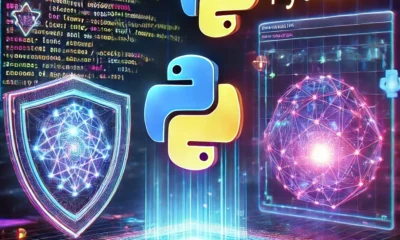
 Tech5 months ago
Tech5 months agoUnlocking the Future of Development: The Power of 418dsg7 Python
-

 Blog5 months ago
Blog5 months agoUnveiling The Mystical Beauty Of Uncuymaza: A Deep Dive Into Its Cultural And Spiritual Significance
-
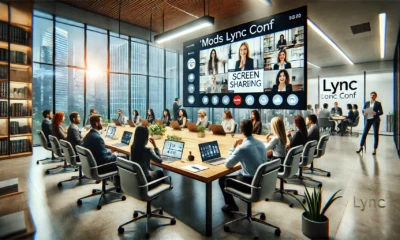
 Tech5 months ago
Tech5 months agoUnlocking The Power Of Virtual Collaboration: How Mods Lync Conf Is Revolutionizing Online Meetings
-

 Entertainment5 months ago
Entertainment5 months agoThe Rise Of Bunkralbum: Revolutionizing The Music Industry With Innovation And Emotional Storytelling
-

 Tech5 months ago
Tech5 months agoThe Future Of Digital Transformation: How Chubbs4l20 Is Revolutionizing Ai, Blockchain, And Cloud Integration
-

 Business4 months ago
Business4 months agoHow to Ship a Cell Phone Safely and Securely: A Complete Guide





